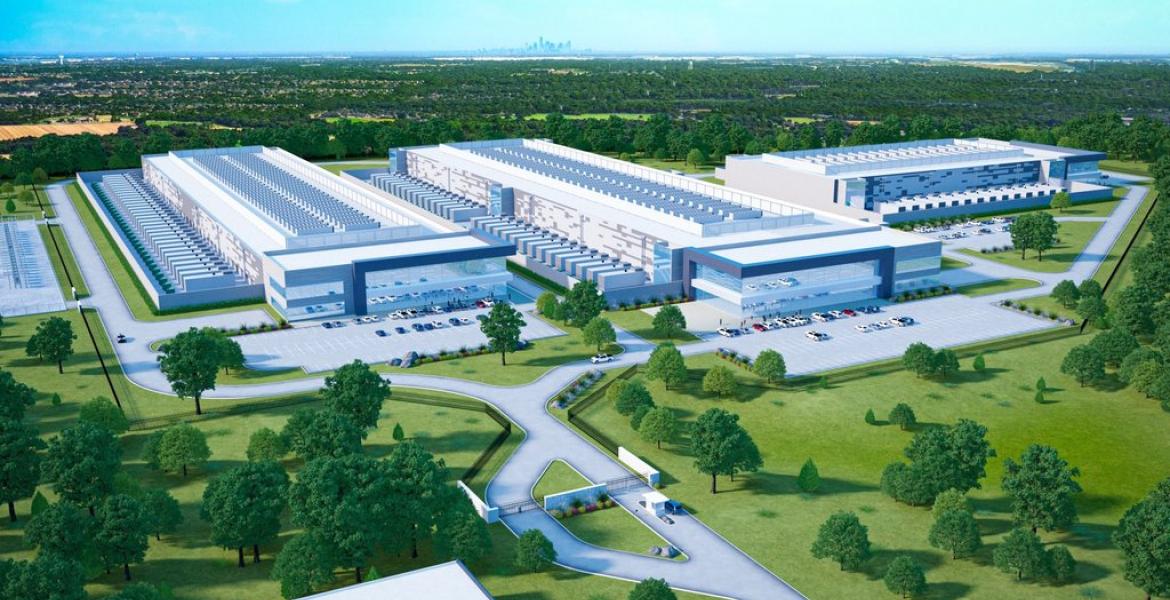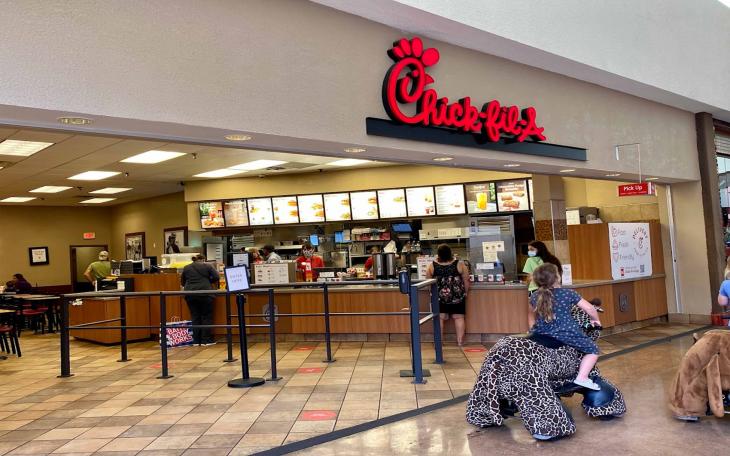SAN ANGELO, TX – Almost a hundred people interested in the emerging hemp industry in Texas crowded into the Tom Green County 4-H building Wednesday morning to hear agriculture experts explain the ups and downs of starting a new industry from scratch.
The exploding popularity of hemp based CBD products is driving the push to get hemp growing and manufacturing underway as soon as possible.
The 2018 Farm Bill created by CD-11 Congressman Mike Conaway went into law in Jan. 2019 allowing for legally growing hemp in all 50 states. Three states - Colorado, Oregon and Kentucky - took advantage of the 2014 Farm Bill which allowed for hemp pilot projects which put Texas five years behind in developing rules, licenses, policies, procedures and practices for growing and processing hemp into CBD oil, seeds and fiber.
Dr. Calvin Trostle with the Texas A&M AgriLife Research & Extension Center in Lubbock, TX cautioned those in attendance not to rush into planting or contracting with buyers for hemp. Trostle said there are no processing plants in Texas and of the few that are planned, none have broken ground and wouldn't be ready for a crop in 2020.
Trostle asked the larger-than-expected crowd how many of them were currently commercial farmers. About 40 percent are currently farmers; another 40 percent were not currently professional farmers but were interested in growing hemp and 20 percent were interested in processing hemp products.
Trostle presented a detailed overview of hemp plants and production. He says there are three products the hemp plant produces; CBD from the 'buds', fiber from the stalk, and seeds.
CBD oil comes from the 'buds' or flowers at the top of the plant and is the most popular and expensive product. CBD oils are used in many types of products including oils and creams for aching joints, gummies and drinks for all types of ailments.
There are two types of fiber which come from the hemp plant; one is from the bast or inner layer of the stem and the woody core. Trostle says both fibers could be used in construction or building materials.
The seeds have a hard shell. Once the shell is removed from the seed, the shell can be pressed to produce oil. The seeds could be used for livestock feed or could also be pressed into seed oil like grape seed oil.
Hemp growers in Texas have to have a license and insurance and a buyer.
The challenges are many in creating a hemp industry. First is the plant itself. Trostle says there are male and female hemp plants and the female plants are best because they flower. Hemp and marijuana have been legal in Canada for many years and growers there are successful because they cultivate female plants and eliminate the male plants. Trostle says there have been many schemes on the internet claiming to have quality female hemp seeds for sale and several first-time buyers fell for the schemes and purchased low quality seeds and the sellers disappeared.
Once a producer in Texas gets high quality female seeds, the next challenge is growing the plant. Hemp must be irrigated and there are no pesticides or herbicides labeled for hemp use so labor costs will initially be higher because the plants will have to be cared for by hand.
Then when a producer gets a fully grown plant it has to be harvested and dried. That's relatively easy but the challenge is where to sell the hemp. Currently, there are no processing facilities in Texas. There is one planned in Shallowater, TX near Lubbock but construction hasn't started yet.
Under current law, hemp in Texas is legal to grow as long as it has less than 0.3% THC, which is the ingredient that produces the 'high' in marijuana. Hemp has to be tested before it is harvested. If it tests above 0.3% THC, the crop has to be destroyed. Experts say stress to hemp plants increased the amount of THC. Stress can be caused by high temperatures, lack of water, and other environmental challenges.
Interest is high because the profit margin initially was huge. Once the Farm Bill legalized growing hemp, producers across the country began raising it and flooded the market in 2019 causing prices to plunge.
For more information on hemp production in Texas check out the Texas A&M AgriLife Extension website.
Subscribe to the LIVE! Daily
Required






Post a comment to this article here: